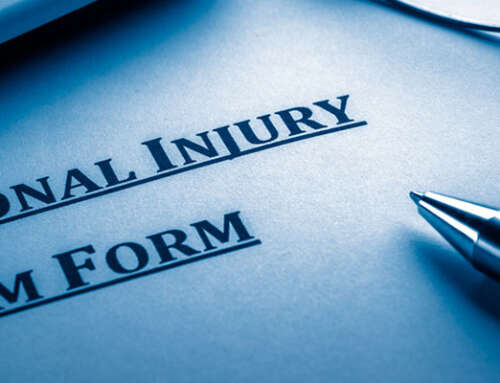The claimants details have been changed but this is indeed a true case
Phil Mulryne, a Personal Injury lawyer at Ward & Rider, acted for Mr W to pursue a claim for personal injuries and consequential losses following an accident at school.
It was Mr W’s case that he was an unwilling participant in a game being played during lunch break with fellow pupils which involved being thrown up into the air by his arms and legs. His fellow pupils dropped him and as a result he fractured his neck.
The claim against the school was based on negligent supervision. The school denied liability on the basis that Mr W was a voluntary participant in the game that led to his injury. Mr W accepted that he had initially been willingly involved in the activity but withdrew from this when he was aware that it was dangerous and someone was going to get hurt.
Mr W accepted he was in the vicinity whilst the activity was being played but maintained he was not participating. Mr W had the support of witnesses who confirmed that Mr W was dragged by fellow students against his will and thrown into the air.
The defendants argued that they had a proper policy in place for patrolling the external route during the lunch break, although they were unable to produce documentation or witness evidence to confirm that the route was patrolled on that day. It was Mr W’s case that if the area has been properly patrolled the game would have been stopped and his injury prevented.
Mr W was taken to hospital by ambulance and underwent a neck fusion using a plate and screws.
Mr W made an excellent recovery, with further medical investigations indicating a solid fusion, and he was given the go-ahead to return to all pre-accident activities within a period of 6 months.
Within 12 months or so Mr W’s only ongoing symptoms were slight aching and restriction of movement. He had a bald spot on his head where he fell and some scarring to the neck as a result of surgery. The medical evidence suggested that he could potentially undergo some scarring reduction treatment/surgery. He did not want to undergo the treatment at this stage but would consider his options in the future.
Liability was formally denied and court proceedings commenced. The denial of liability was maintained by the defendants and directions were given by the judge for the further conduct of the claim.
The defendants put forward a global offer to represent settlement of damages and Mr W’s solicitor’s costs.
Mr W’s barrister indicated that the personal injury damages would be worth in the region of £10,000. The claim for potential further treatment was assessed to be in the region of £7,500, although Mr W indicated that as it stood it was unlikely he would choose to have the further surgery.
There were risks that Mr W’s claim would not succeed at all and prospects of success were assessed in the region of 65%. The defendants also raised the issue of contributory negligence, i.e. the extent to which Mr W could be held responsible for involving himself in the activity, although Mr W maintained his denial of being a willing participant. The denial of liability was maintained by the defendants and the matter was listed for the final court hearing for the issue to be determined.
The defendants put forward a global offer to represent settlement of damages and Mr W’s solicitor’s costs.
Taking into consideration the above factors it was felt that the matter could not proceed to trial on the basis of a full liability settlement.
An offer was put forward that represented a payment of £10,000 to Mr W. This was rejected and counter-settlement proposals put forward in the sum of £17,500. The claim was eventually settled in the sum of £12,500 to reflect the risks of the claim potentially not succeeding.

